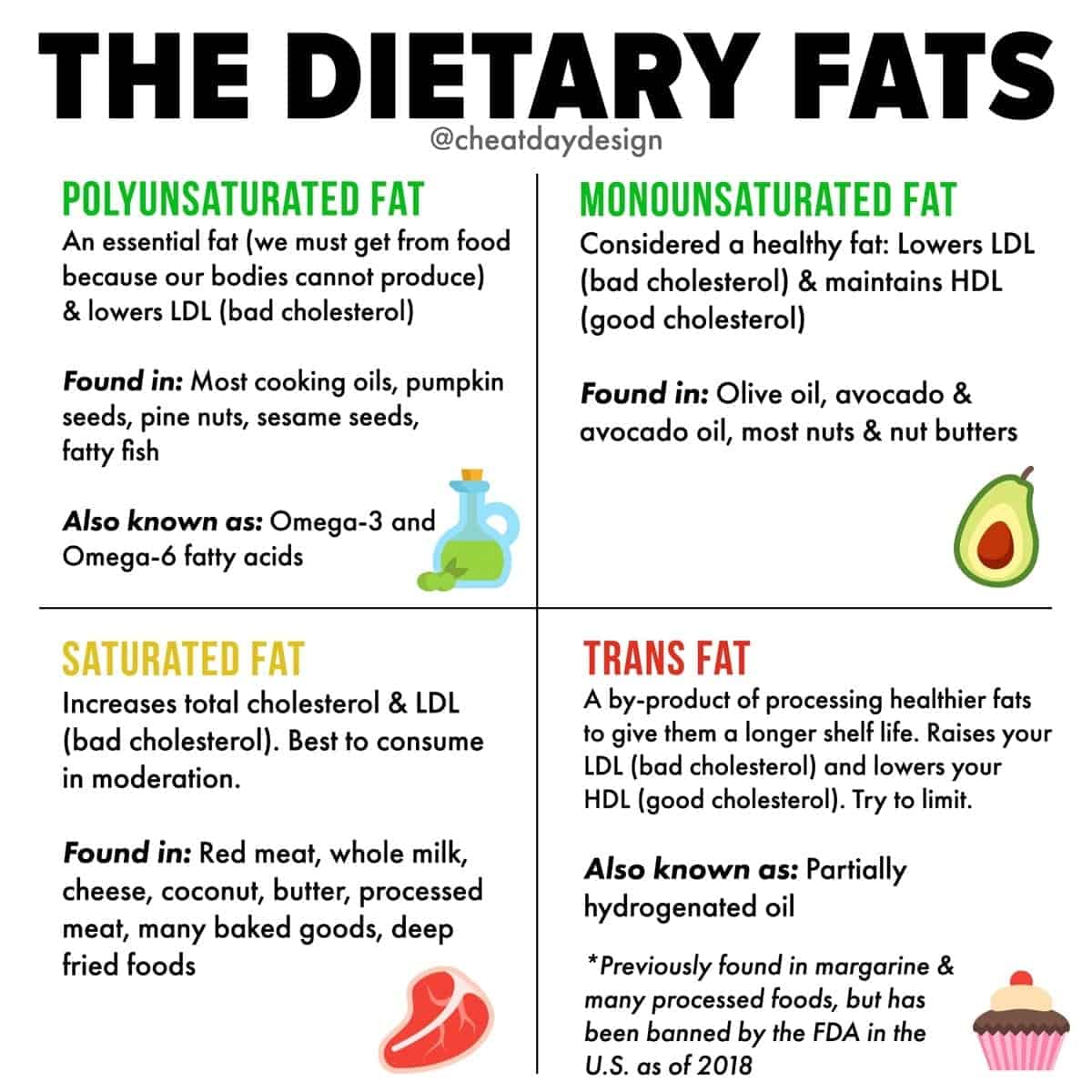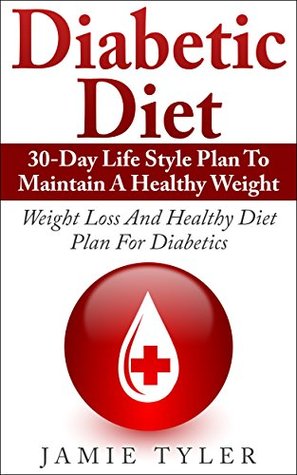
There's a lot of information about nutrition and disease, but how do you keep up with it all? SARS-CoV-2, COVID-19 and COVID-19 dominate the science news headlines. However, there is still a lot of research on nutrition. Many of these studies aim to improve nutrition and make diets more healthy. To stay up-to-date on the most current nutrition information, you should read as many scientific articles and reports as possible.
While nutrition and diseases are well-covered, not all the news about them is credible. Recent media attention has focused on a study about how certain healthy foods are promoted. The study argues that these foods are anything but healthy. It also emphasizes the importance for consumers to be careful when choosing their food sources. Many celebrities are now selling detox teas via social media, even though there is no scientific evidence. These ingredients are dangerous and can cause undesirable side effects.

Although nutrition is often misrepresented in the media, there are promising studies that demonstrate how vital it is to eat healthy foods. One study found that Chinese adults who ate a wide variety of foods had lower blood pressure risk. The cognitive decline of older Black Americans could be slowed by a diet high on plant-based food.
When discussing nutrition, it is important to not ignore the news. We are at risk for nutritional deficiencies due to obesity and other conditions. We are also at risk of nutritional deficiencies from other diseases like celiac disease. Even the most common medications, such as antipsychotics, can lead to depletion of these essential nutrients, which makes it more difficult to reach optimal health.
While doctors play an important part in promoting healthy diets they are not qualified and licensed to make dietary recommendations. While some doctors are famous for recommending a diet with low sugar and no fat, it is not advisable to follow diet plans that are a lot more restrictive than recommended. Additionally, the negative effects of restrictive diets are much greater than the benefits that healthy living habits can provide. You can also find more news about nutrition, disease and other topics in the news.

Some articles make negative comments about nutrition and other health issues. They promote unhealthy eating habits and prevent healthy eating. In addition, it is important to understand the impact of the news on our health. It is crucial to know the facts about the foods and drinks your family eats. You can also improve your diet by looking at other options. It can be hard to stay updated on the most recent health news. By reading the news and following a healthy diet, you can make an informed decision.
FAQ
Increase immunity with herbs or supplements
Herbs and natural remedies can be used to boost immune function. You can use ginger, garlic, echinacea oregano oil and vitamin C as examples.
However, these herbal remedies should not replace conventional medical treatment. Side effects may include nausea, diarrhea, stomach cramps (dizziness), headaches, dizziness and stomach cramps.
Which are the top 10 foods you should eat?
These are the top 10 foods to eat.
-
Avocados
-
Berries
-
Broccoli
-
Cauliflower
-
Eggs
-
Fish
-
Grains
-
Nuts
-
Oats
-
Salmon
What's the difference of a calorie versus a Kilocalorie?
Calories refer to units that are used for measuring the energy in food. The unit of measurement is called a calorie. One calorie is the amount of energy required to heat one gram water one degree Celsius.
Kilocalories can also be used to refer to calories. Kilocalories equal one thousandth of a calorie. 1000 calories equals 1 kilocalorie.
Statistics
- Extra virgin olive oil may benefit heart health, as people who consume it have a lower risk for dying from heart attacks and strokes according to some evidence (57Trusted Source (healthline.com)
- According to the Physical Activity Guidelines for Americans, we should strive for at least 150 minutes of moderate intensity activity each week (54Trusted Source Smoking, harmful use of drugs, and alcohol abuse can all seriously negatively affect your health. (healthline.com)
- In both adults and children, the intake of free sugars should be reduced to less than 10% of total energy intake. (who.int)
- This article received 11 testimonials and 86% of readers who voted found it helpful, earning it our reader-approved status. (wikihow.com)
External Links
How To
What does the term "vitamins" mean?
Vitamins are organic compounds that can be found in foods. Vitamins allow us to absorb nutrients from food. Vitamins cannot be made by the body; they must be taken from food.
There are two types if vitamins: water soluble, and fat soluble. Water soluble vitamins dissolve easily in water. You can find vitamin C,B1 or thiamine, B2 or riboflavin and B3 or niacin, B3/niacin, B6/pyridoxine, folic Acid, biotin and pantothenic Acid as examples. Fat soluble vitamins are stored in the liver and fatty tissue. Vitamin D, E, K and A are some examples.
Vitamins can be classified by their biological activity. There are eight major vitamin groups:
-
A – Essential for normal growth, and the maintenance of good health.
-
C - essential for nerve function and energy generation.
-
D - necessary for healthy bones and teeth.
-
E is necessary for good vision, reproduction.
-
K – Required for healthy nerves & muscles.
-
P - essential for strong bones, teeth and tendons
-
Q - Aids digestion and iron absorption
-
R is required for the production of red blood cells.
The recommended daily intake (RDA), of vitamins varies with age, gender and physical condition. RDA values are set by the U.S. Food and Drug Administration (FDA).
For adults over 19 years, the RDA is 400 mg per day for vitamin A. Pregnant women require 600 micrograms daily to support fetal development. Children ages 1-8 require 900 micrograms per day. Babies under one-year old require 700 mg per day. Between 9 and 12 years of age, however, this drops to 500 mg per day.
Children ages 1-18years who are obese need 800 micrograms per day while those who are overweight need 1000 micrograms per day and children who are underweight need 1200 micrograms per day to meet their nutritional needs.
2200 mg of vitamin A per day is required for children aged 4-8 who have been diagnosed by anemia.
2000 micrograms are required daily for good health in adults over 50. Breastfeeding or pregnant women require 3000 micrograms per daily due to higher nutrient demands.
Adults over 70 require 1500 micrograms each day, since they lose around 10% of their muscle mass every decade.
Women who are pregnant or lactating need more than the RDA. Pregnant woman need 4000 micrograms daily in pregnancy, and 2500 per day after childbirth. Breastfeeding mothers need 5000 micrograms per day when breast milk is being produced.